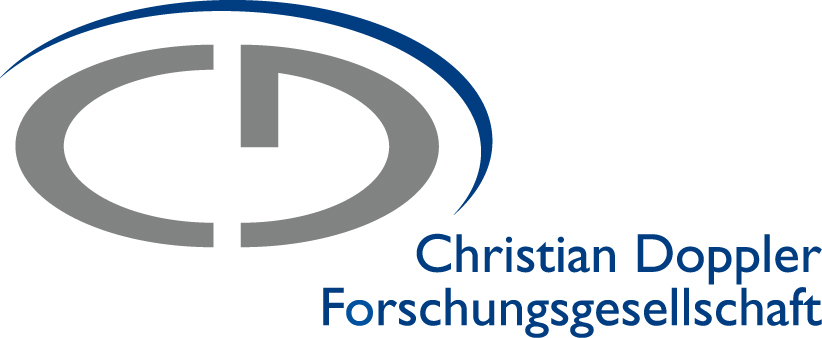CD laboratory for mathematical modelling and simulation of next-generation medical ultrasound devices
This CD lab is concerned with developing new methods for prenatal ultrasound diagnostics. The long term goal is improving diagnoses for, at present, challenging to image patients.
Due to ultrasound diagnostics, the procedure of medical examinations of pregnant women has changed substantially in the last 40 years. Today it is used as a screening and diagnostic tool during pregnancy to recognise potential fetal diseases.
In addition to determining the length of pregnancy and risk of preterm delivery, identifying chromosomal anomalies, multiples, physical impairments, and more are routine applications of ultrasound. Increasingly, it is also utilised for the intra-uterine treatment of the fetus, for example, in case of heart defects. All of the use-cases above require adequate imaging quality.
Nevertheless, situations with insufficient imaging quality exist: preliminary studies showed drastic reductions in image quality on fetus examinations due to changes in sound speed in the abdominal layer. Increasingly, obesity is a problem as fat and muscle layers interfere with image quality considerably.
A detailed understanding of the involved physical principles is essential to compensate for such disruptive factors. Therefore, this CD lab explores mathematical models from prototype new ultrasound devices, simulates their capabilities numerically, implements these prototypes, and finally evaluates them in medical practice. This research has been designed interdisciplinary and involves mathematicians, medical physicists and physicians.






